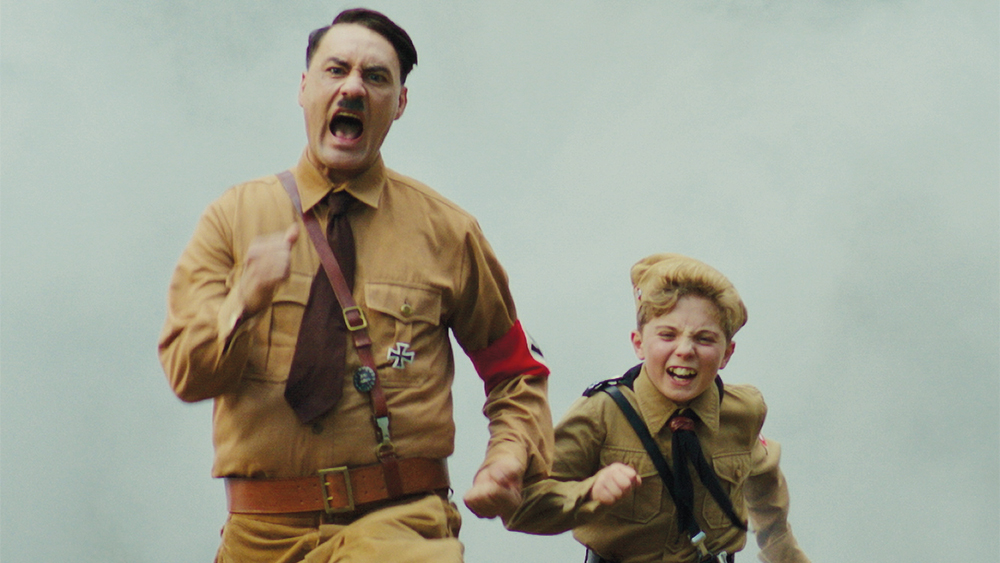Sound Mixers, Designers Talk About the Nuances of This Season’s Top Movies
By Valentina I. Valentini
LOS ANGELES (Variety.com) – Just as the camera’s focus navigates viewers’ eyes, sound tells them where to target their attention within the frame. Sound design, editing and mixing often go under the radar in the slew of Hollywood awards ceremonies occurring throughout January and February, but they are just as important to how an audience will interpret and enjoy a movie as any other part of the cinematic experience. Sound editing determines what audiences hear; sound mixing determines how they hear it. The latter is the process of mixing all the different audio aspects (foley, ADR, effects, dialogue) into one channel, creating a complete soundscape that enhances a viewer’s aural — and overall — experience.
“Sound is an incredibly visceral tool needed for effective storytelling,” says Cinema Audio Society president Karol Urban, “and this year’s nominees wield this tool in incredibly diverse and masterful ways.”
In addition to the Emmys and Oscars bestowing awards for audio, the CAS hosts its own ceremony Jan. 25, recognizing outstanding achievement in sound mixing for features and TV. And the Motion Picture Sound Editors hold the Golden Reel Awards on Jan. 19 for editors and designers. Both have nomination overlaps for live action features (“Joker,” “The Irishman,” “Rocketman” and “Once Upon a Time in Hollywood”) and animated features (“Frozen 2,” “Abominable,” “How to Train Your Dragon: The Hidden World” and “The Lion King”).
The reason there are two awards in a similar discipline may not be immediately obvious to an outsider, but Urban explains the difference simply. “Just because [a project] includes fantastic sound editing doesn’t mean it’s an incredible mix, and vice versa,” she says.
With the advent of digital audio workstation Pro Tools, though, it’s become more common to be what Urban calls “a triple threat”: sound editor, designer and mixer all in one. Ai-ling Lee, nominated for “,” performed all three jobs, and says the film uses “subliminal sonic enhancements” to support the child’s point of view. “There’s a scene in Jojo’s kitchen between Jojo and Hitler where [writer-director] Taika [Waititi] wanted to evoke the sound of Hitler addressing a massive rally,” Lee explains. “So I played with adding reverb and processing Hitler’s dialogue to achieve that effect. Being a sound designer-supervisor-mixer allowed me to carry forward all the creative sound discussions throughout the post-production process and into the final mix. Taika has such a bold vision and unique perspective that it was a fun challenge to work on this movie.”
Still, the diversity in style of the nominated projects gives sound purists satisfaction.
“We have such different pieces up against each other in similar categories,” says Urban.
“It’s exciting as a judge. You’ve got something that’s very sonically interesting like ‘’ — a villain piece [that’s] abstract and quite visceral — up against something like ‘,’ which is quite quiet and intimate but still evocatively detailed, nuanced and period. You don’t have a lot of apples to apples this year.”

